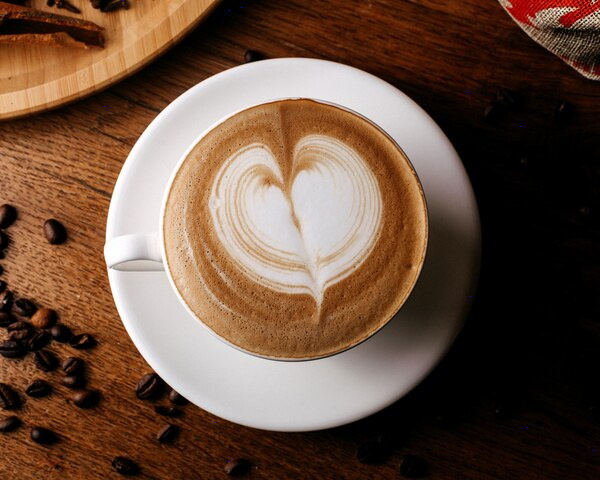The Art of Coffee Brewing
Brewing coffee is more than just a daily ritual; it is an art form that combines science, technique, and personal preference. The subtle nuances in flavor, aroma, and texture are what make each cup unique and delightful for coffee enthusiasts around the world. To truly appreciate the complexity of coffee brewing, one must delve into its various methods, understand the importance of water quality, and experiment with different beans and grinds.
The journey begins with the beans. Coffee beans are not just a single entity but come from various regions, each imparting distinct flavors based on their origin. Ethiopian beans, for example, are known for their fruity and floral notes, while Brazilian beans often offer nutty and chocolatey flavors. The roast level, ranging from light to dark, also plays a critical role in the final taste. Light roasts tend to retain more of the beans' original characteristics, whereas dark roasts develop bolder, bittersweet notes.
Once you have chosen your beans, the next step is to consider the grind size. The grind size affects how quickly the water extracts flavors from the coffee grounds. For example, a coarse grind is ideal for methods like French press, where the grounds stay in contact with water for a longer period. On the other hand, a fine grind works best for espresso, where high pressure forces water through the grounds quickly. Finding the right grind size for your chosen method can significantly impact the quality of your coffee.

Water quality is another critical element in coffee brewing. After all, coffee is mostly water. The purity and mineral content of the water can either enhance or detract from the coffee's flavor. Filtered water is generally recommended, as it helps to eliminate any impurities and achieves a balanced mineral composition. The temperature of the water also matters; too hot, and it can scorch the coffee grounds, too cold, and the extraction will be incomplete. The ideal water temperature is between 195°F to 205°F (90°C to 96°C).
There are several popular coffee brewing methods, each offering its own unique experience. The French press, for example, is a manual method that allows for a full-bodied, rich cup of coffee. The AeroPress, on the other hand, provides a quick and versatile brewing option, allowing for experimentation with different coffee-to-water ratios and immersion times. Pour-over methods like the Chemex or Hario V60 require a bit more precision and patience but reward with a clean and flavorful cup. Espresso machines bring a touch of luxury and sophistication, producing concentrated shots that form the basis of various specialty drinks like lattes and cappuccinos.
Experimentation is key to mastering the art of coffee brewing. Trying out different beans, grind sizes, and brewing methods will help you discover what you enjoy the most. Keeping a coffee journal can be beneficial, allowing you to note down specific details such as the type of bean, grind size, water temperature, and brewing time, and the resulting taste. Over time, these notes will guide you towards achieving your perfect cup.
Brewing coffee is a personal and ever-evolving journey. It’s about savoring the process as much as the end result. Whether you are a novice or a seasoned barista, the quest for the perfect brew is filled with opportunities for discovery and enjoyment. So grab your favorite beans, refine your techniques, and elevate your coffee experience to new heights.